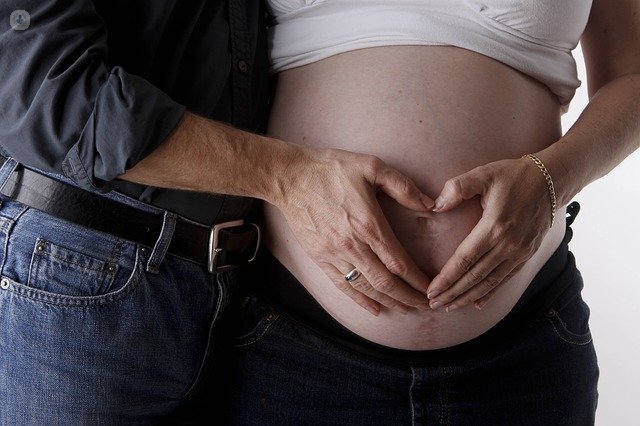All about the techniques of fertility preservation
Written by:Having a child is a desire to have many men and women, but it is not always possible because of the gradual loss of fertility over time or sick. Thanks to recent advances there is a wide range of procedures that facilitate the preservation of fertility.
Fertility preservation techniques
 For the current lifestyle, many people decide to postpone being a parent. This situation hinders fertilization because with age the number and quality of oocytes and sperm is reduced.
For the current lifestyle, many people decide to postpone being a parent. This situation hinders fertilization because with age the number and quality of oocytes and sperm is reduced.
To prevent this loss and maintain fertility, currently there are several techniques in Assisted Reproduction :
-. Freezing ovarian tissue preserves thousands of ovarian follicles at once. It is indicated for girls who are in the stage before puberty and those who can not delay chemotherapy treatment.
Ovary function is usually between 60 and 240 reestablishing days after transplantation and its duration is at least seven years. So this technique is effective to preserve long endocrine function.
There are low rates of follicular survival after cryopreservation of ovarian tissue, so this method is contraindicated in women over 40 years. There is concern at the possible potential that may have tumor cells in the cryopreserved ovarian tissue and transplanted into patients with cancer, so it is also recommended to discard in case of leukemia, lymphoma Burkkitt, colon cancer, among others.
- Oocyte Vitrification. It is the best technique for preserving fertility today. Advances in technology show that this technique has similar levels to those achieved success in fresh cycles of IVF. It also eliminates the need to use donor sperm to single women, minimizes the ethical, personal and religious considerations that exist in embryo freezing and provides great autonomy in fertility.
For treatment to be effective, the ideal is to get the largest possible number of metaphase II ie mature eggs.
Hormone dependent cancers in although it has been seen that increased estrogen brief, for two weeks, does not affect tumor progression, we associate aromatase inhibitors (letrozole).
- Vitrification. This procedure should be performed in vitro fertilization and then frozen embryos. It has very good pregnancy rates, but do not provide autonomy in fertility since the embryos generated will always be of the two partners.
- Freezing semen. The semen samples are cooled and stored in liquid nitrogen at -196, with no time limit. The patient delivers a semen sample to the laboratory within 40 minutes from the collection of the same. an assessment is carried out to certify that the specimen can be frozen and indicate the number to deliver for reproductive use.
As in some of the treatment of women, it is recommended in men who start a treatment that commit or cancel their reproductive capacity. Another function is the seminal donation either to sperm banks or egg donation treatments. It also applies to those couples where the man is serodiscordant, ie is HIV and should be performed a purification of semen. Furthermore, in patients who for other reasons
- Freezing testicular biopsy. It is performed when the patient can not ejaculate or no sperm in ejaculated. It involves obtaining sperm, by suction through a needle or small biopsy. Its function is to detect where sperm production is interrupted. Among the advantages is the low risk of complications and high tolerance.
It is recommended to patients with no sperm during ejaculation, azoospermia; malsegregation sperm, oligospermia; and pathologies or variations that affect the quality of semen. Furthermore, for patients with obstruction of the seminal duct and wish, with your partner, parenting. In the latter case it will be held the same day in vitro fertilization (IVF).
Preservation techniques Fertility who is recommended
all those patients who are expected to have decreased fertility for some cause that can be recommended:
- For external agents such as chemotherapy and radiotherapy in patients with cancer or treatments for other diseases that affect fertility.
- For effect of age and then becomes part of what we call social vitrification of oocytes in young women to freeze eggs for later reproductive desire.
Preservation techniques Fertility risks
In principle no, because in case of hormone-dependent cancers, such as breast, are different treatments such as letrozole They establish during ovarian stimulation. The remaining losses are the same as any patient has a cycle IVF, ie, the risks are minimal.
Preservation techniques Fertility care
analytical be requested prior to the completion of treatment. Subsequently requires no specific care more I rest for 24 hours after follicular puncture (egg retrieval).
Edited by Roser Berner Ubasos.


